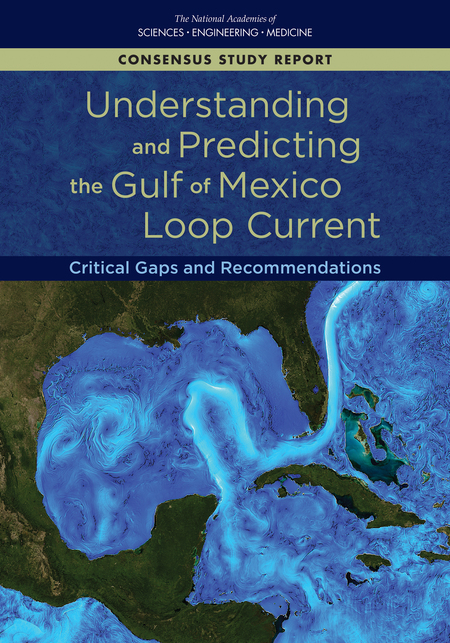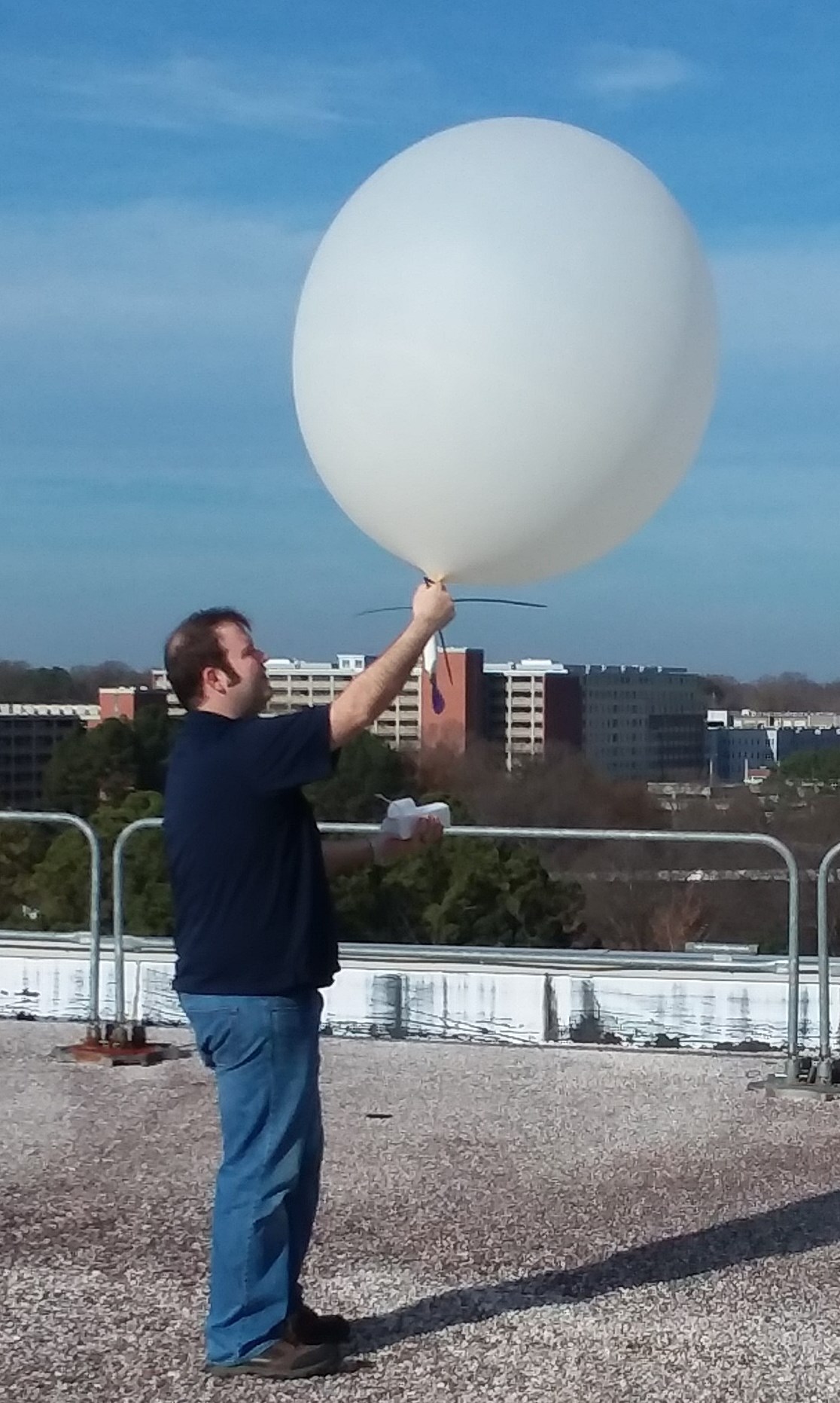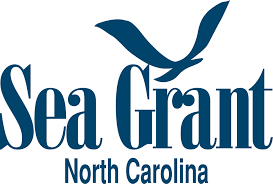On Saturday, Dr. Joe Zambon arrived in New England to board the R/V Neil Armstrong for a journey down to offshore Cape Hatteras, NC. The study is part of the PEACH, Processes Driving Exchange at Cape Hatteras, grant sponsored by NSF (Award: 1559476). The next day will be spent mobilizing and […]
Dr. He visited Nagoya University in Japan in December 2017 to promote collaboration on western boundary current dynamics and prediction. Just as the U.S. is adjacent to the strong Atlantic Ocean western boundary current called the Gulf Stream, Japan abuts the Pacific Ocean’s Kuroshio Current (see the post on Why […]

“The National Academies of Sciences, Engineering, and Medicine undertook a study to identify existing knowledge gaps about the Loop Current System and to develop a list of recommended efforts to fill those gaps. The resulting report, released today, calls for an international, multi-institutional campaign of complementary research, observation, and analysis activities […]

OOMG member Dr. Joe Zambon tested a balloon-carried radiosonde with the help of NCSU’s Dr. Matt Parker from the roof of Jordan Hall. After filling the large balloon with helium, Joe and Matt zip-tied it closed, then attached the unwinder. Between the balloon and the radiosonde, the unwinder gently spools […]
Dr. John Warner of the U. S. Geological Survey presented the Dept. of Marine, Earth, and Atmospheric Sciences seminar on 23 October, 2017. He spoke on Numerical Modeling of Geomorphic Changes During Hurricane Sandy, using the Coupled Ocean-Atmosphere-Wave-Sediment Transport (COAWST) numerical model. Dr. Roy He of OOMG hosted Dr. Warner.
OOMG welcomes its newest member, visiting graduate student Yangyang Liu. She comes to NC State from her home institution Xiamen University located in China’s Fujian Province. While at NC State she will be working on modeling solar radiation in the upper water column and its impact on the large scale ocean […]
Marine, Earth and Atmospheric Sciences (MEAS) PhD Student and OOMG member Laura McGee delivered a talk at the first ever Climate Lightning Talks: Apocalypse Now? How Extreme Weather is Affecting the Southeast and the Globe. Her talk was titled, “Hurricanes Cause Asymmetric Phytoplankton Blooms” and explained how phytoplankton activity is enhanced […]
An interesting phenomena has been observed in the wake of Hurricane Irma as it moves along the west Florida coastline. Several images have been put on social media of water drastically receding away from the coastline, whereas tropical storms usually result in surge as they make landfall. This phenomenon is […]
Our coupled models, initialized at 8pm on September 7th, have completed and are now able to resolve Irma making landfall in Florida sometime between 2am and 5am Sunday morning. As a result, both the 3 and 7 day runs are capable of resolving the storm and currently point the landfall as […]

Many, many thanks to NC Sea Grant and NC Space Grant for their gracious support and funding for my upcoming project, Investigation of Marine Physical-Biogeochemical Interactions During Storm Conditions Off of the North Carolina Coast. This work will use long-term satellite observations, in-situ data, and numerical model analysis to examine […]
